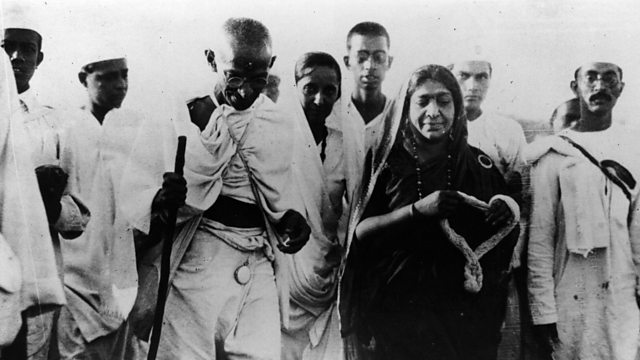In 1930, Mohandas K. Gandhi launched one of the most powerful nonviolent protests in modern history—the Salt March. Lasting 24 days and covering over 240 miles from Sabarmati to the coastal village of Dandi, the march was a direct challenge to British colonial rule over India’s salt production. At the time, Indians were prohibited from collecting or selling salt independently, forced instead to buy it from the British government at inflated prices.
Gandhi’s decision to defy the Salt Act was strategic and symbolic. Salt was an essential item used daily by all, rich and poor alike. By targeting it, Gandhi unified people across class and caste lines under a common cause. As the march gained momentum, thousands joined, turning a simple walk into a global statement of civil disobedience. Gandhi’s peaceful defiance caught international media attention, spotlighting British oppression and fueling support for India’s independence movement.
The Salt March wasn’t just about salt—it reshaped how revolutions could be fought. Instead of violence, it used moral authority, discipline, and mass participation. Today, it remains a cornerstone in the study of nonviolent resistance, influencing figures like Martin Luther King Jr. and Nelson Mandela. Gandhi’s quiet march left a loud echo in world history—one still heard in movements for justice around the globe.




